What Are Common Examples of Legal Malpractice?
Legal malpractice can take on many forms and involve many different types of conduct. The following are examples of violations that could form the basis of a legal malpractice suit:
- Substance abuse: For instance, if your lawyer shows up to court or a meeting with you while drunk
- Lack of zeal: Under ethical rules, all lawyers are required to represent their clients “zealously” and to the best of their ability. If your lawyer is not taking your case seriously or is cutting corners, and it costs you, you may have a malpractice claim
- Lying: Any acts connected with your case involving lying or deception could lead to a legal malpractice claim
- Illegally obtaining evidence: For example, using illegal means to obtain evidence, such as hacking, stealing, breaking into the other counsel’s office, etc.
- Breach of confidentiality: This is a big one. Once you form a formal relationship with an attorney, they are bound by the attorney-client privilege. This means that any and all communications between you and them must be kept private and confidential. For example, lawyers cannot post details about your case on their personal social media account
There are various other acts that could constitute legal malpractice. If you are unsure at all about the way your lawyer is handling your case or treating you as a client, you may need to contact a legal malpractice attorney to determine whether you have a claim. Don’t discuss these matters with the violating attorney without a new lawyer, as they may eventually be the opposition in a malpractice suit.
What Are the Four Elements of a Legal Malpractice Cause of Action?
Generally speaking, there are four elements that need to be proven in a legal malpractice case. Proving legal malpractice isn’t as simple as saying, “My attorney didn’t try hard enough to win my case.”
You would need to show that:
- The attorney owed you a duty of care
- The attorney breached their duty
- Their breach was the cause of your losses
- The losses are real, actual, and measurable
These four points are similar to elements in other professional malpractice cases, such as medical malpractice.
Proving the first point is usually the easiest, since all licensed attorneys are bound by certain duties as outlined by ethical rules and professional responsibility codes. Proving causation is usually the most difficult, as you need to show that you probably would have won your case if the lawyer had followed the correct rules.
For instance, suppose a lawyer fails to return a phone call. This might not immediately qualify for a legal malpractice claim, unless it can be proven with certainty that they would have won the case if not for the lawyer’s failure.
Legal malpractice cases can be complex and may involve several elements that all need evidence of proof at every step of the way. Bringing a case against an attorney or a law firm is itself a challenge, as you would be going against people who regularly deal with the law.
What Do Damages Cover in a Legal Malpractice Case?
Damages in a legal malpractice case can cover a substantial amount of losses caused by the attorney’s negligence. While these may vary from case to case, they generally cover:
- Financial losses stemming from the malpractice (that is, what you would have recovered if you had won your case)
- Attorney’s fees
- Lost wages (for instance, from missing work due to trial)
- Emotional distress
Lastly, in cases involving extremely negligent or reckless behavior, or intentional behavior, the court may order that punitive damages be issued. These are damages intended to punish the defendant for their wrongdoing and deter them from such conduct in the future. An example of this might be in cases where the lawyer intentionally sabotaged their own case to get themselves out of representation.

.avif)

















.avif)


